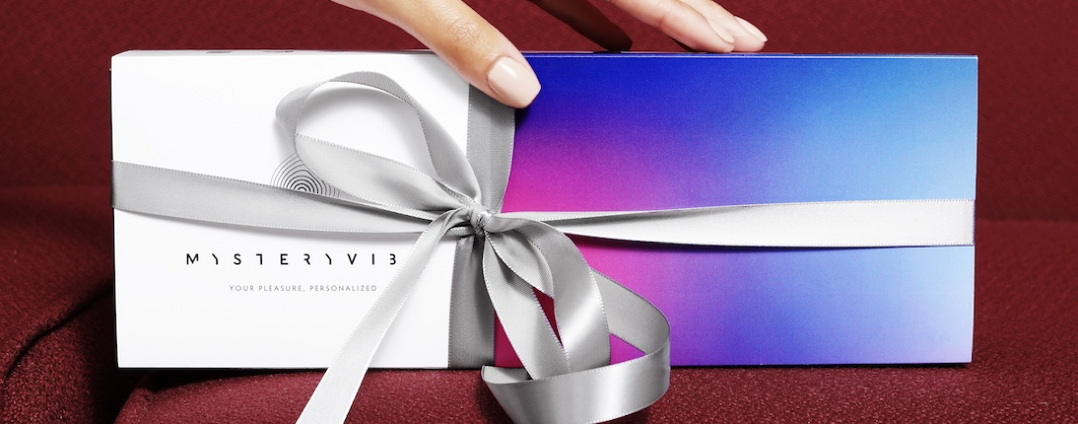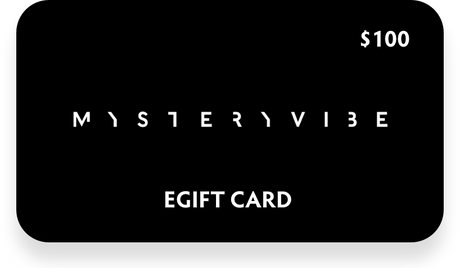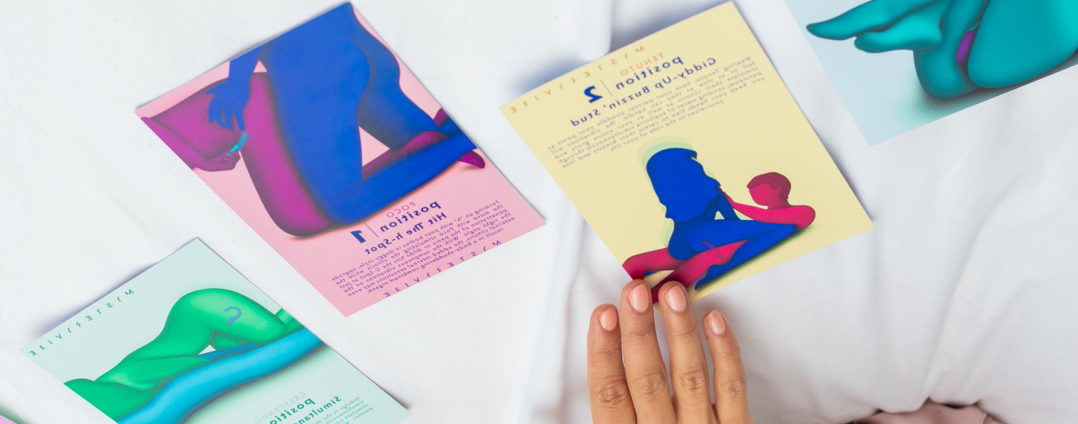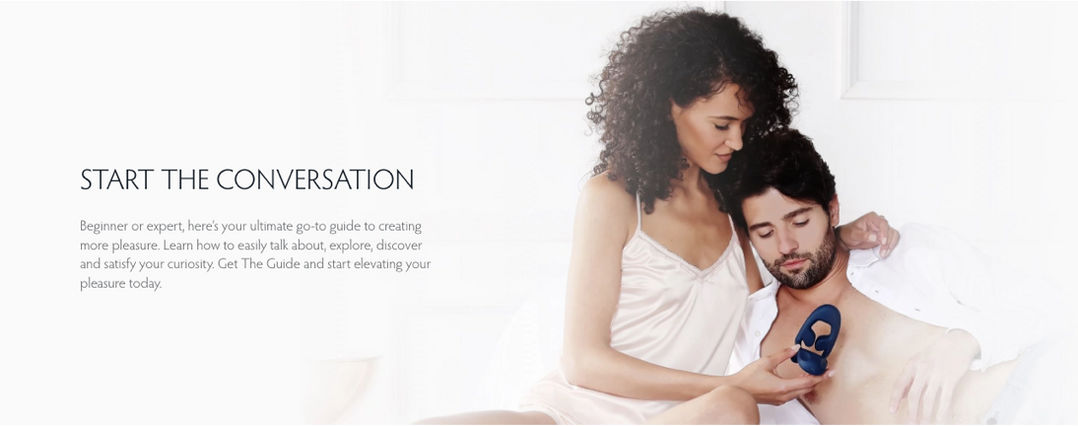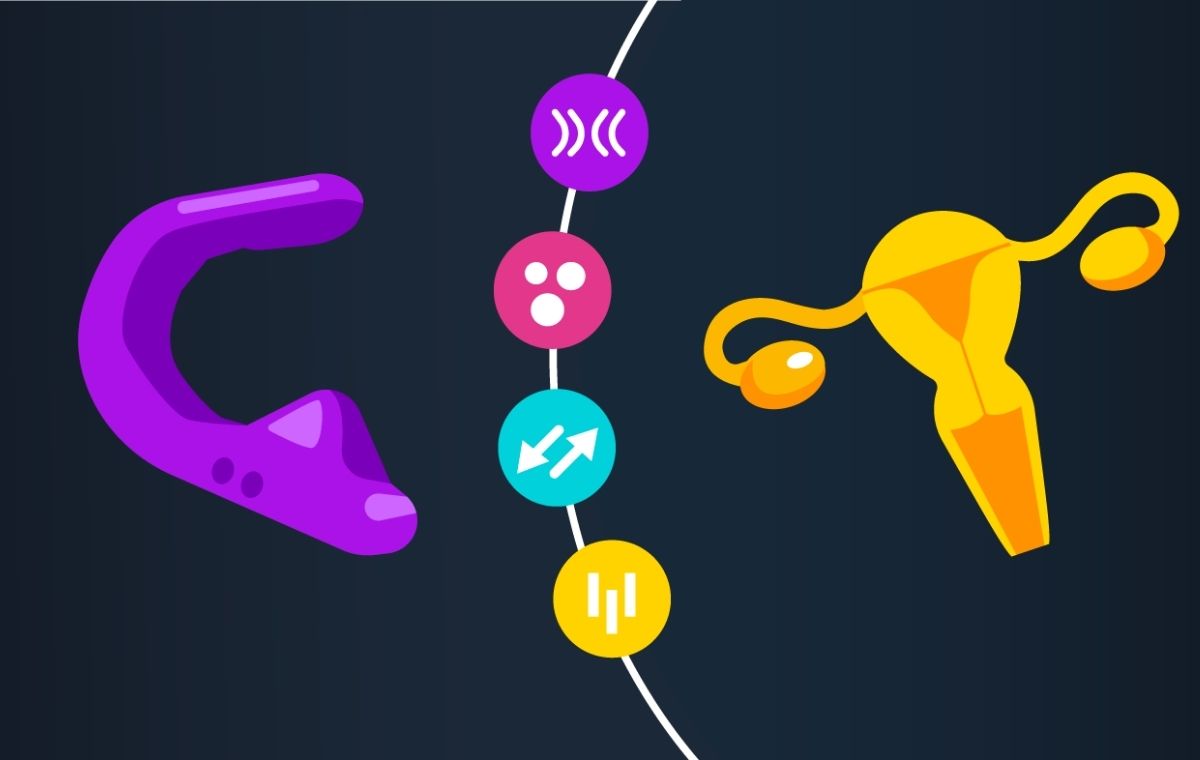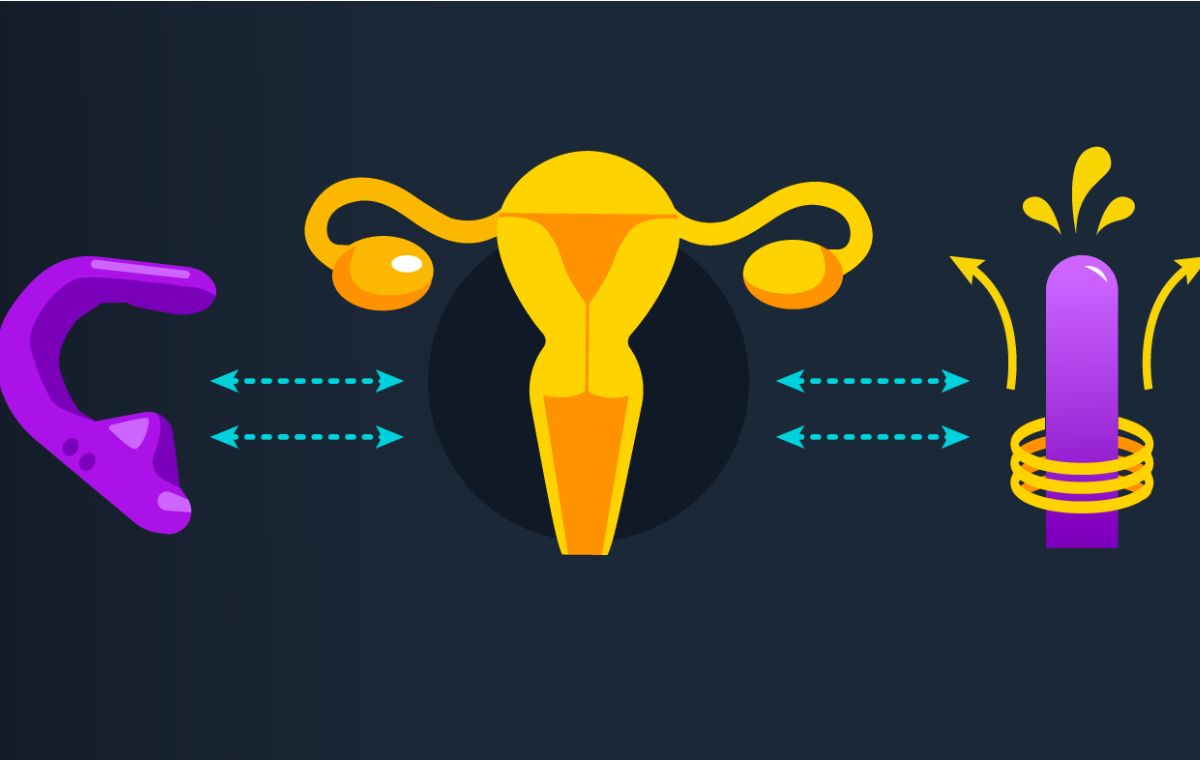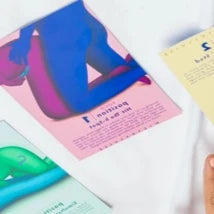What can big data tell us about our sexual tastes?
Would it surprise you to learn that, despite the very ‘male’ advertising and videos on PornHub, 24% of its users are women?
It’s not the only example of data giving us surprising new information. Whether it’s web browsing stats which show a genre is more popular than we thought, or information about who buys particular products: often analysing the data in detail tells us that our assumptions about certain products or people were wrong.
Sometimes, though, data helps us by confirming our assumptions — having solid data on something that was previously only assumed can surprise people into taking action. Take, for instance, the issue of sexism in the film industry. It’s long been assumed that Hollywood has a problem with sexism — giving the juiciest roles to men and leaving women to support the heroes, or just drape themselves over scenery without contributing much in the way of plot or dialogue. But while it’s easy to complain — or to come up with rules of thumb like the Bechdel Test — it’s difficult to get people to take any action. After all, any given film might have reasons for being skewed towards one gender — how do you go about proving a systemic problem?
Enter Hannah Anderson and Matt Daniels, who set out to gather data on Hollywood scripts, broken down by gender and age. They analysed over 2,000 screenplays of popular films, logging how many words were spoken by each character, the gender of that character, and the age of the actor performing based on data gathered from IMDb.
The results of their research are fascinating (and depressing, if you’re a woman trying to make it in Hollywood). It’s well worth diving into their graphs over on polygraph, but here are a few highlights:
- Of the 2000+ films they examined, 314 of them achieved rough gender parity (i.e. around 50% of the dialogue went to male characters and 50% to female). By comparison, 164 films had 60–90% female dialogue and a whopping 1206 films were 60–90% male.
- Of the 30 Disney films included, 22 had majority male dialogue — The Jungle Book, Monsters Inc and Up being the most male-dominated of all Disney films examined.

Sex and Data
But data isn’t just useful in helping us confirm theories we have already — data can also turn our assumptions on their head. Sex is perhaps the most common area in which this happens, because it are already tangled in so many assumptions around gender and preference.
In 2014, Pornhub caused a storm when they released their data around ‘What Women Want.’ Naturally as one of the most popular free porn sites, Pornhub has a huge amount of data on what people are searching for, which genres they end up watching, as well as demographic info such as age and gender.
They released a list of the things women are more likely to watch, and some of the results were surprising:
- Rough sex — women view this porn category 90% more than men do
- Double penetration +83%
- Gangbang +80%
It’s not just that women are watching this kind of porn more, either: they’re actively seeking it out. Pornhub also compared the terms that people actively search for: women searched ‘gangbang’ 126% more than guys did. Like the movie data, Pornhub data also confirms some of the assumptions that we may have had before — women are many times more likely than men to search for ‘pussy licking’ and other terms relating to a woman receiving oral sex.

If you’re a woman who loves this kind of porn, the results may not surprise you. But in the context of the porn debate, in which these kinds of scenes are often seen as degrading or offensive to women, this data tells us something that’s worth paying attention to: women’s tastes don’t necessarily match our expectations. That, in turn, can tell us a lot about which of our assumptions need more scrutiny.
When developing new sex tech, it’s easy to fall into the trap of letting expectations dictate the questions that are being asked. If you found the stat at the beginning of the piece surprising, you’re certainly not alone. Plenty of debates around porn — and therefore PornHub — assume that it’s an almost exclusively male genre of entertainment. However, knowing that 24% of their users are women opens up lots of new questions: are these users being catered to? How do their fantasies match with and differ to other users?
When it comes to sex, data can help us sort incorrect assumptions from correct ones, and teach us surprising new things about people’s sexual tastes. And when developing sextech of the future, it’s important to remember that data doesn’t simply help answer questions, it tells us whether we’re asking the right questions too.













